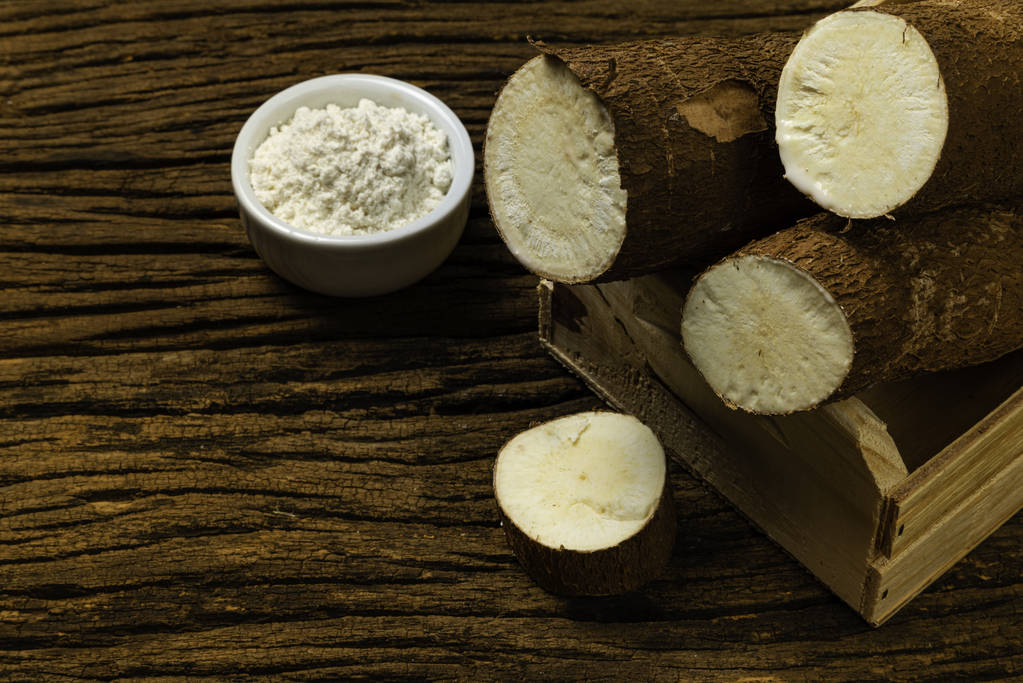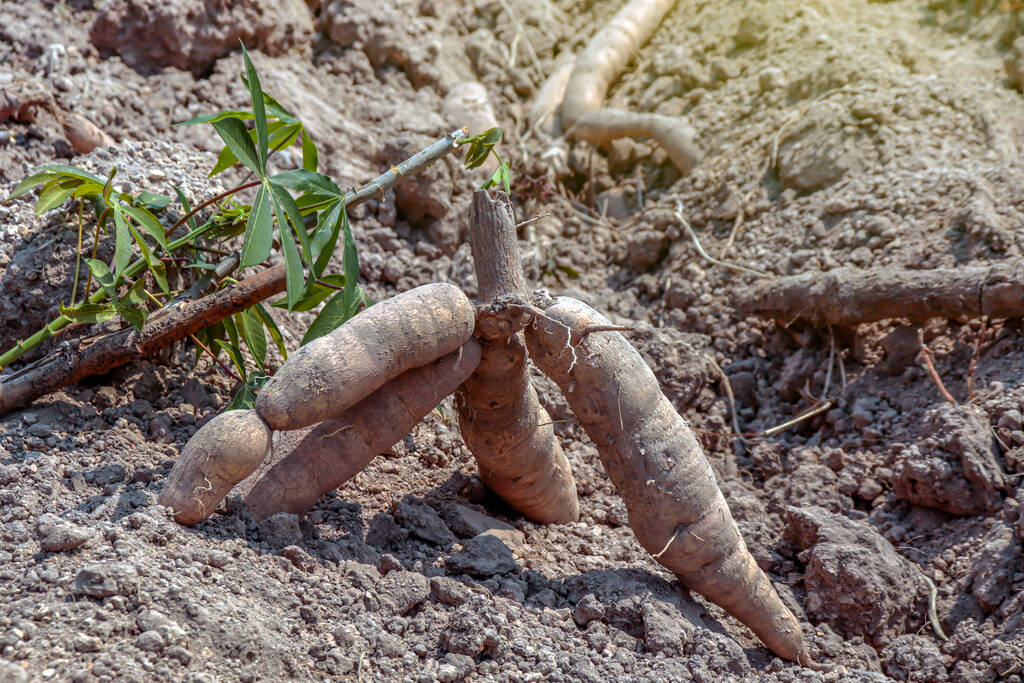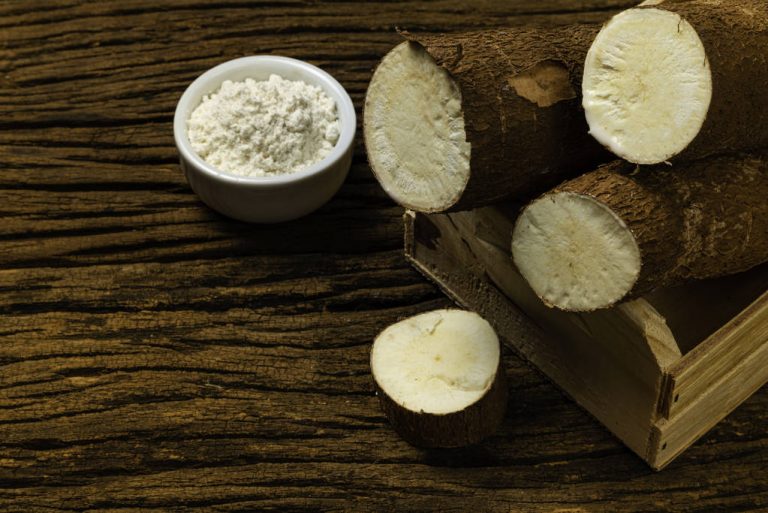Cassava is also known as the potato of the tropics. You can process the starchy tuber in many ways. You can read everything you need to know about growing cassava here.
Cassava originally comes from South America. Today, cassava is widespread in many tropical areas and counts as an important staple food. Because of their high starch content, cassava tubers are also known as the potatoes of the tropics. However, the roots are significantly larger than our potatoes. Its thin shell is brown, while the inside is white to reddish in color. Other names for the nutritious root include mandioca, cassava or yuca.
Here you can read what you need to know about cultivation and what options you have for processing cassava.

This is how cassava is grown
The cassava plant is one of the spurge plants. Like most members of this genus, cassava thrives in tropical or subtropical climates and does well in heat and drought. In addition to South America, cassava is now also cultivated in Africa and Asia.
Under the right conditions, the perennial shrub can reach a height of up to three meters, while the bulbs average between 30 and 60 centimeters long, with a diameter of ten centimeters.
Although you can admire the cassava plant in some botanical gardens, the tuber cannot be successfully cultivated in your own garden. This would require a heated greenhouse. Tropical cassava does not tolerate temperatures below 18 degrees.
In addition, cassava needs a permanently sunny location. In order for the tubers to thrive and not become woody, the soil must be kept moist. However, the plant is also sensitive to waterlogging. In addition, the plant needs regular fertilization with organic fertilizers in order to form tubers, but it must not be over-fertilized.

How to use cassava
Similar to raw potatoes, cassava is toxic when uncooked. After you’ve sufficiently heated cassava, the tuber is a healthy source of energy. Depending on the variety, the taste of the tuber varies between neutral and slightly sweet.
The root is widespread in many areas and is prepared in many different ways. Before you process the cassava bulb, you must first peel it. This works best with a vegetable peeler or with a little skill with a small knife.
Then you can process them in many ways:
Roughly dice the peeled cassava and cook until soft. This takes about 20 minutes. To be sure, test with a fork to see if the root is soft. You can use the cooked cassava to make cassava mash, similar to mashed potatoes, or use the pureed root as a base for sauces. Because of its high starch content, the root creates a creamy consistency.
Since the tuber does not keep for long, it is often processed into cassava flour. To do this, cassava is first grated, dried and roasted. Then the dried cassava is ground to get fine flour. You can use this similar to wheat flour.
In many areas, cassava is sliced in a manner similar to french fries and then fried. Cassava chips are also a popular option.
The root is also suitable for stews or curries.
The starchy tapioca flour is also made from cassava. You can use the gluten-free flour to prepare desserts such as tapioca pudding or crepes.
Before you buy cassava, you should be aware that the root usually comes from Latin America or other tropical areas. In order to reduce your CO2 footprint, you should rather use regional alternatives such as potatoes or sweet potatoes.

